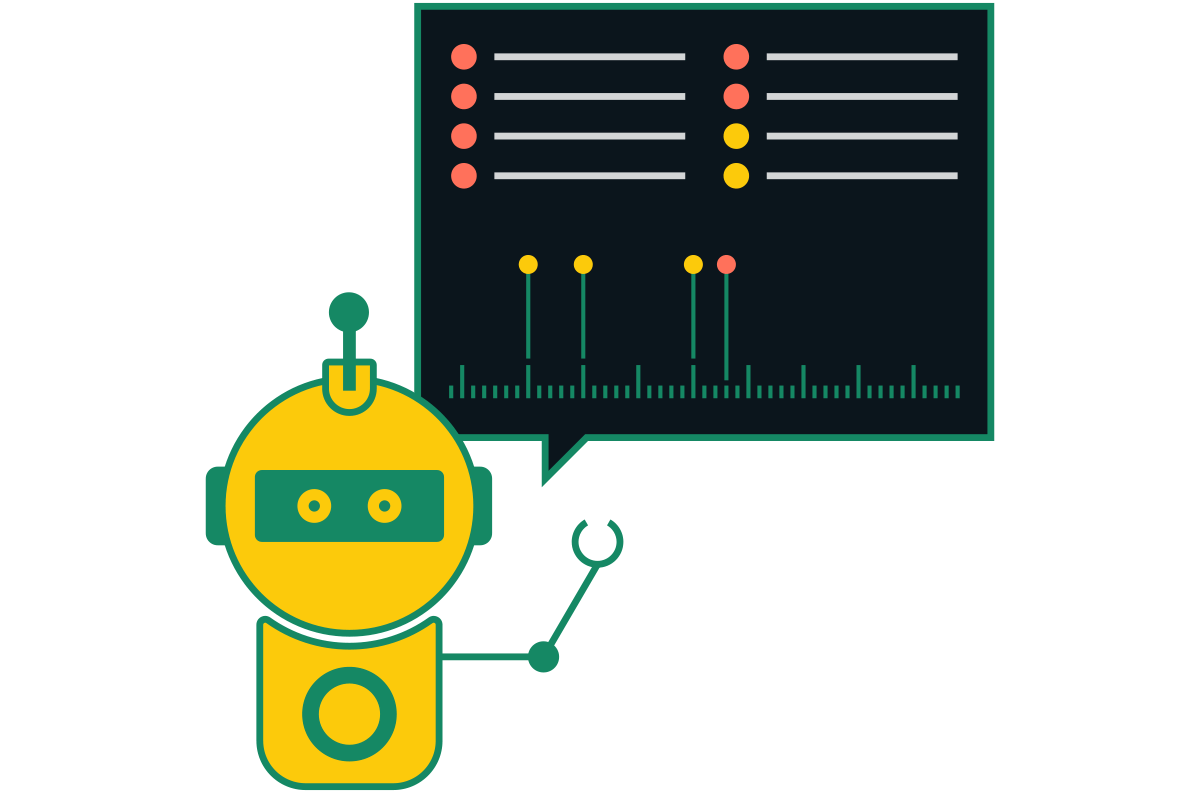Making Site Support a Bit Easier. Meet the Diagnostic Toolbox in Your Cato Socket
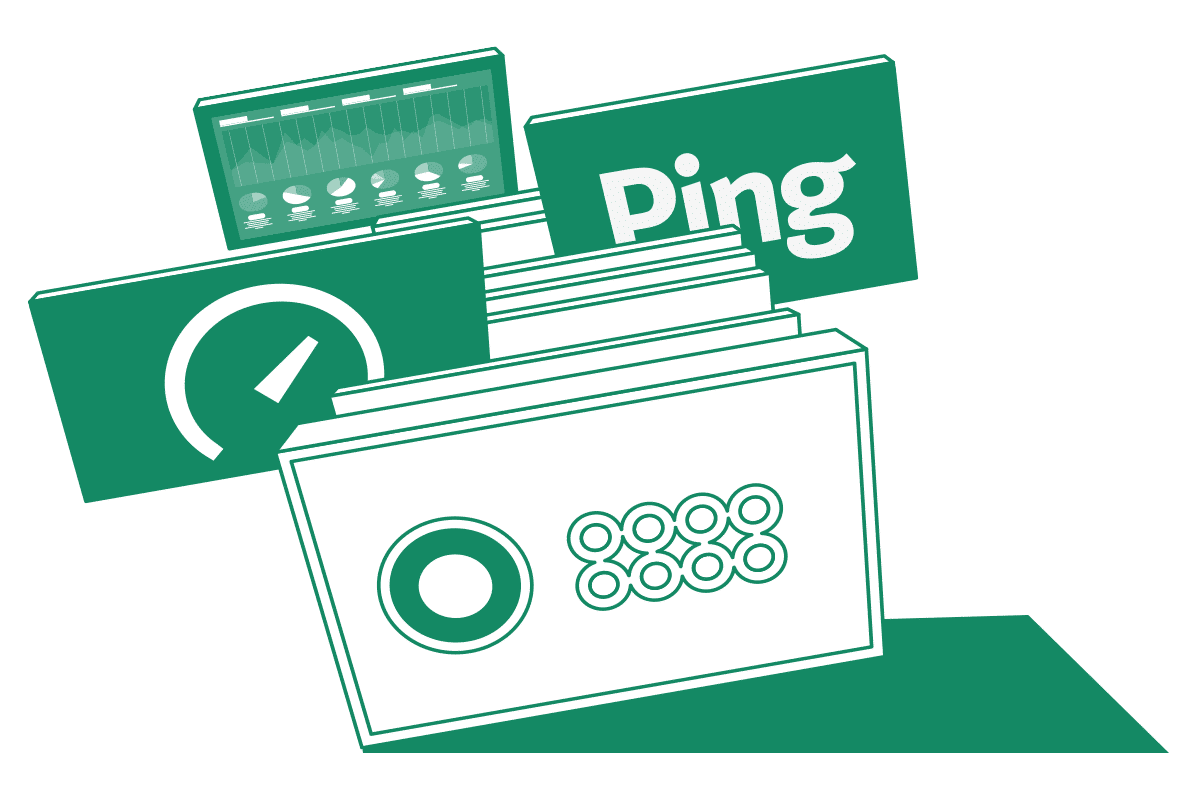
|
Listen to post:
Getting your Trinity Audio player ready...
|
One of the more frustrating aspects of more users working from home, and remote connectivity in general, is that troubleshooting often requires user involvement at a really bad time. Users are complaining about connection issues, and just when they’re frustrated, you need them to be patient enough to walk through them the troubleshooting steps needed to diagnose the problem. Wouldn’t it have been better if you had tools already in place before a problem occurs? Then you could run your testing without involving the user.
Well, now you do. We’ve added an IT toolbox to our Cato Socket, Cato’s SD-WAN device. Embedded in the Socket Web UI is a single interface through which network administrators can test and troubleshoot remote connectivity without involving the end-user. Ping, Traceroute, Speedtest, and iPerf are already available, instantly, through a common interface and without any user involvement.
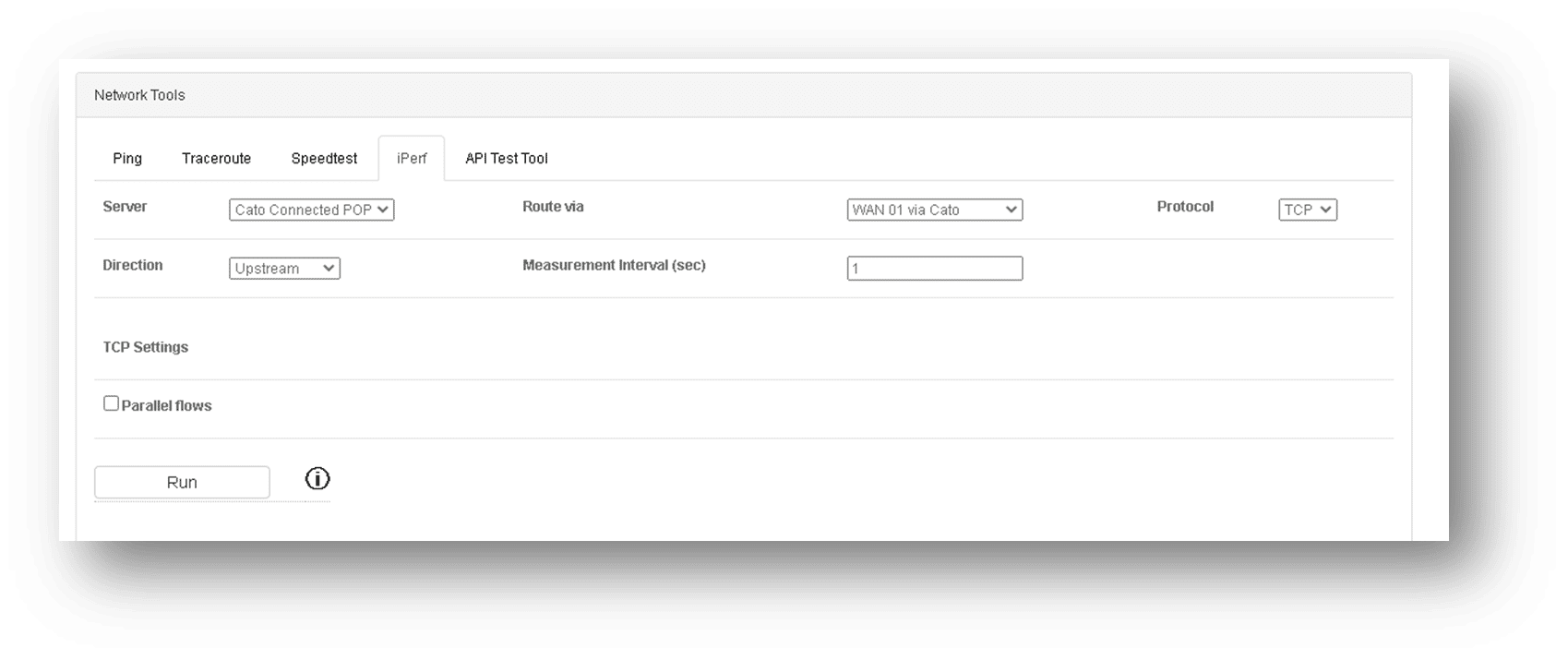
Cato Demo: From Legacy to SASE in Under 2 Minutes With Cato Sockets
Of course, those are not the only troubleshooting tools provided in Cato SASE Cloud. Cato was built from the philosophy that network troubleshooting is a team sport. While Cato Networks engineers maintain the Cato private backbone for 99.999% uptime, Cato users can manage and run the network themselves. They don’t have to open support tickets for changes they can just as easily address independently. Cato provides the tools for doing just that.
Numerous dashboards report on packet loss, latency, jitter, and real-time status help IT diagnose problems once users are connected to Cato.
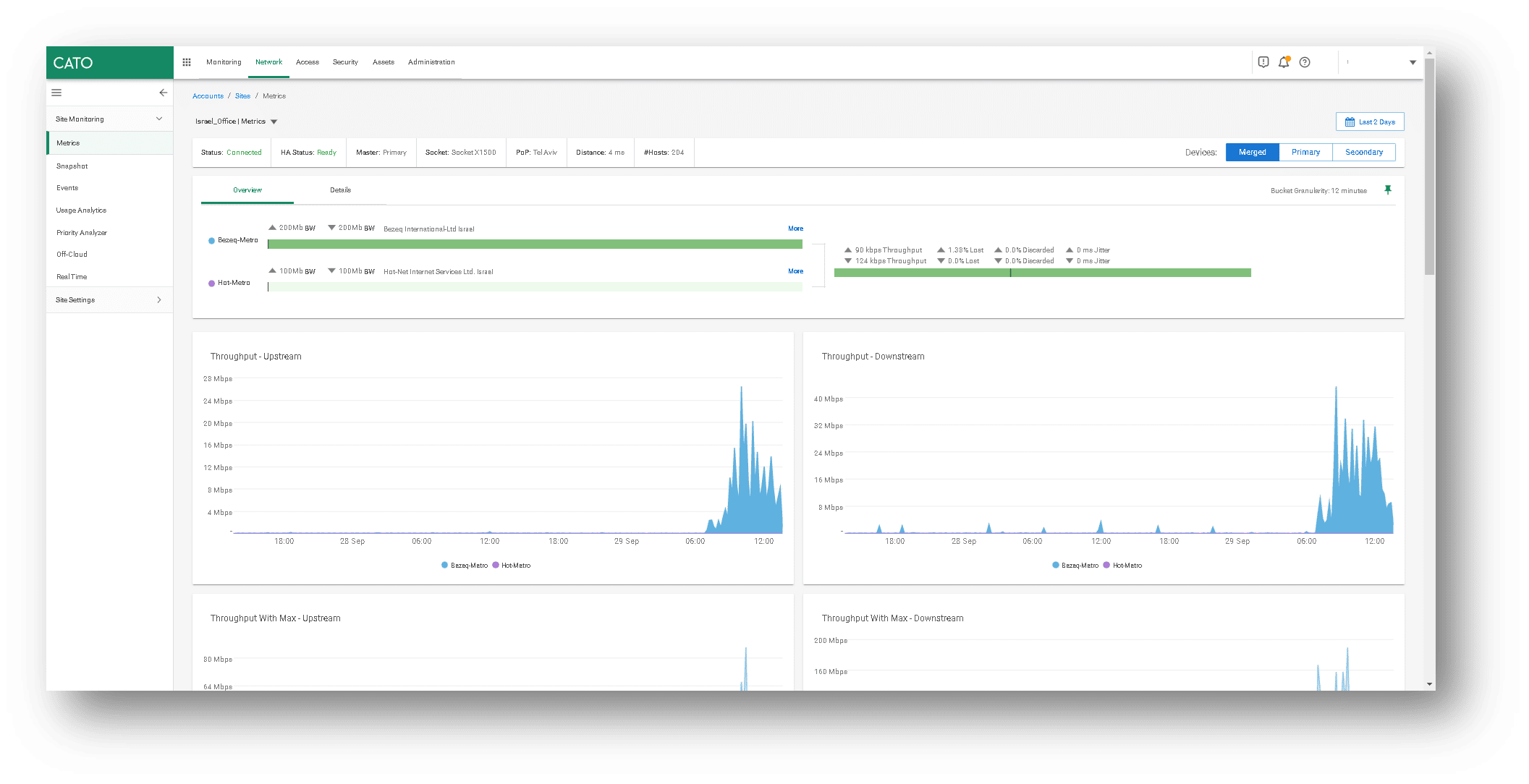
Our event discovery capability provides any IT team with advanced research and analytics tools to query a data warehouse that we curate and maintain. It organizes more than 100 types of security, connectivity, system, routing, and Socket management events into a single timeline that can be easily queried. Complex queries can be easily built by selecting from the types and sub-types of events to compare the test data being collected via tool access using Socket Web UI against what has previously occurred on that network connection.
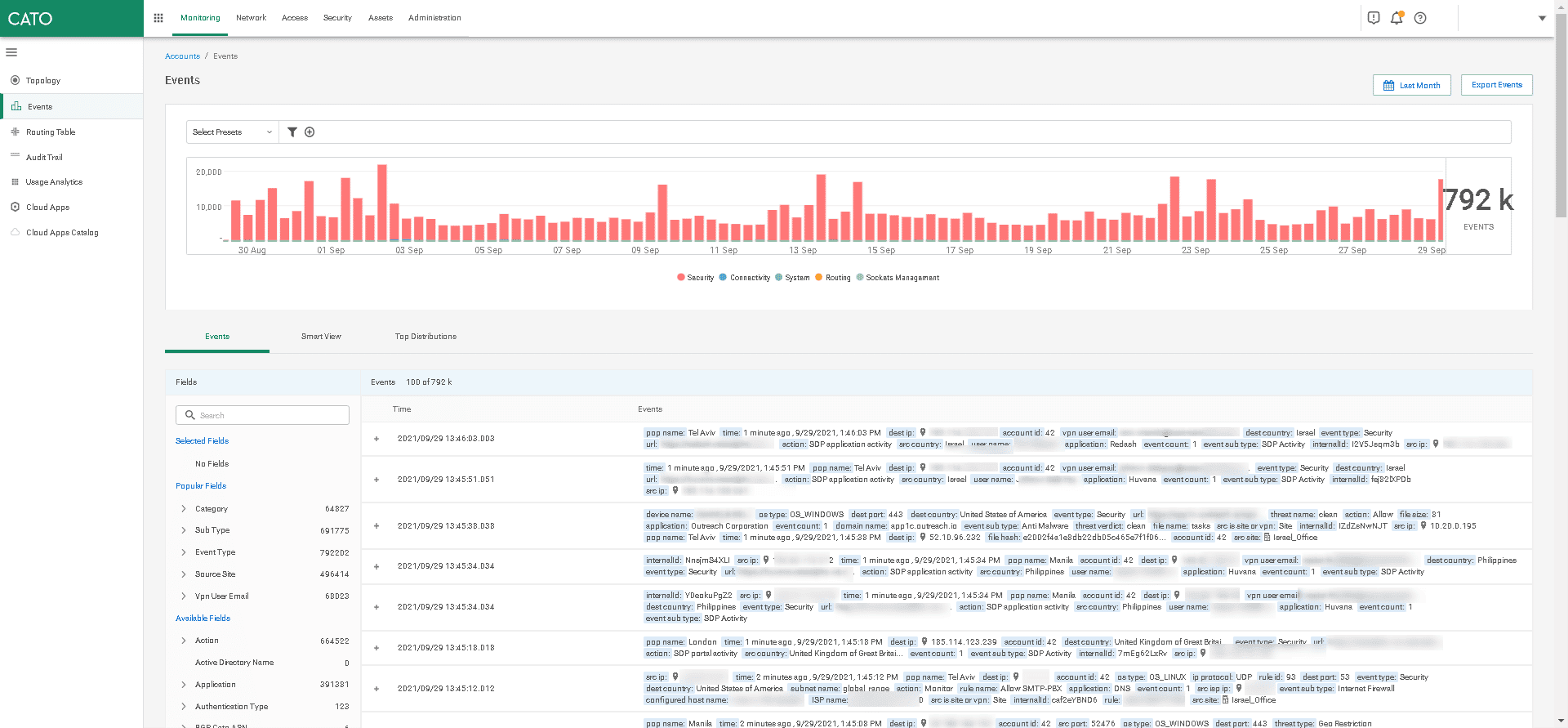
Remote troubleshooting has always been a challenge for IT. With remote offices and more users working from home that challenge will only grow. Having the diagnostic tools in place before problems occur goes a long way to improving IT satisfaction.














